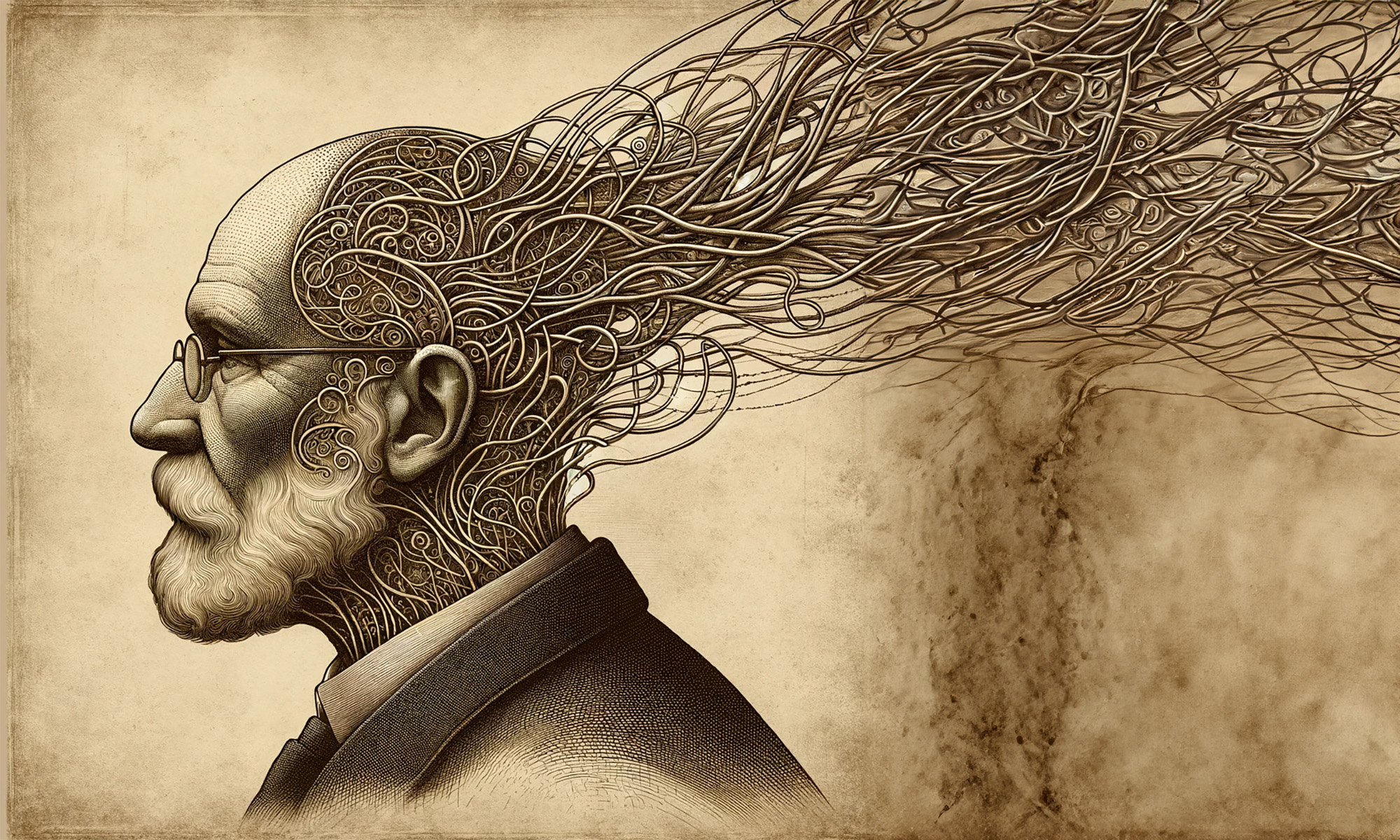There is, believe it or not, a whole genre of balloon jokes. Here’s an example:
A man in a hot air balloon realized he was lost. He reduced altitude and spotted a man below. He descended a bit more and shouted, “Excuse me, can you help me? I promised a friend I would meet him half an hour ago, but I don’t know where I am.”
The man below replied, “You are in a hot air balloon hovering approximately 30 feet above the ground. You are between 40 and 42 degrees north latitude and between 58 and 60 degrees west longitude.”
“You must be an engineer,” said the balloonist.
“I am,” replied the man, “but how did you know?”
“Well,” answered the balloonist, “everything you told me is technically correct, but I have no idea what to make of your information, and the fact is I am still lost.”
The man below responded, “You must be a manager.”
“I am,” replied the balloonist, “how did you know?”
“Well,” said the man, “you don’t know where you are or where you are going. You made a promise which you have no idea how to keep, and you expect me to solve your problem. The fact is you are exactly in the same position you were in before we met, but now, somehow, it’s my fault.”
Variations on this pick on democrats and republicans, Microsoft users and so on. The point is, that simply having access to something, doesn’t mean it is useful. Think about the way we teach kids to read. We don’t walk 5 year olds into the stacks and let them figure it out. There is a process, a curriculum, and a role for a guide. The same is true in our libraries.
A great deal of the professional canon of librarianship is centered on access. From our tools (catalogs, indices, metadata schema), to our services (collections, reference, inter-library loan), to our values (intellectual freedom) we emphasize getting people to the information they need. A lot of that canon also talks about what to do once we get them there. Common practice in reference for the past century has been to get the patron to an item, but no further save you bias their information gathering as an example. Yet, is this any different than leading the child into the stacks and hoping for the best?
This point came home to me when talking with business leaders in Philadelphia about plans for an expanded central library. They said they had little use for the public library in their current positions, but that the library was essential when starting out. They credited the library for being one of the prime information resources they had for business success. It would be easy to stop the story here and claim success for libraries, but the next part of the conversation is even more telling.
When asked how the library could help the next generation of entrepreneur, they developed a strikingly similar answer…make it like Kinkos (or FedEx Business Center these days). Small businesses may well need access to materials, but they normally have no idea what to do with materials at the beginning of their business process. Start ups need to develop a business plan, but few know how to do this (not only what they look like, but the process to develop one). They need a place to work, and basic computing and presentation instruction. They need access to a network of lawyers, accountants, and bankers. They need field trips to successful start-ups, and mentors. In essence, they need a curriculum and process to take them from wanting to start up a business to understanding how to start one up.
If libraries are in the thing business, than they can provide access to materials for the entrepreneur. If they are in the conversation business, they need to facilitate knowledge, which may include access materials, but more often than not involves helping decode the materials for the library member/user/patron and helping them put this into action. You can see this at the British Museum’s Business Collection where they are having every reference librarian get certified as a business planner. It also explains why the library is at times over run by school tutors…access to lots of examples plus the person power to make sense of it for the student.
The point of the participatory library is to get involved. We need to help musicians become better musicians, writers become better writers. Simply pointing to the work of a member’s peers is only one small way of doing that. Connecting them to ongoing conversations and communities of like members is a much stronger way. These communities need infrastructure to thrive. That might mean a place to meet (online as well as in person), or a collection of stuff, or simply recognition.
Returning to the balloon joke, the lost person doesn’t need an answer, they need a solution.
